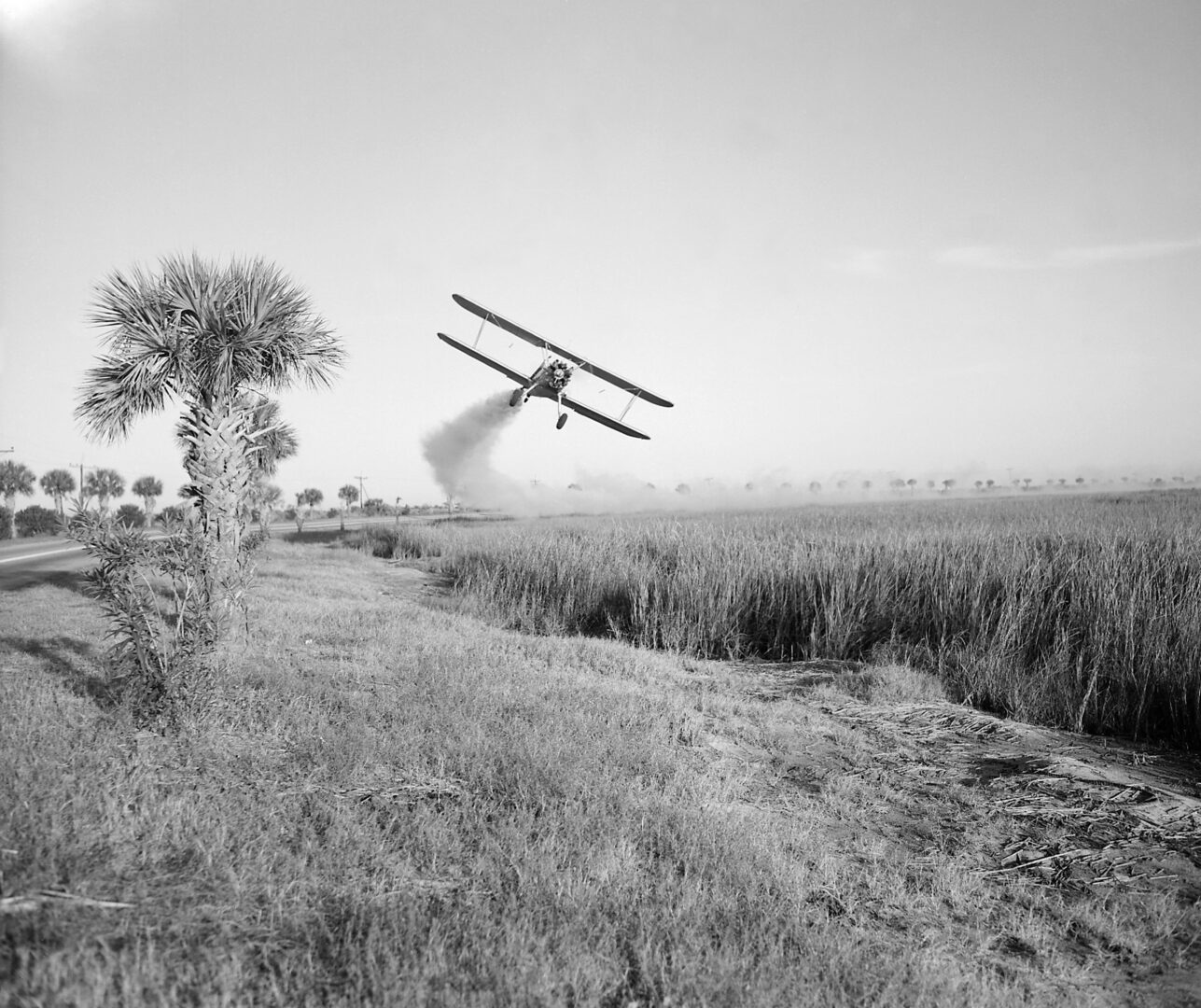Joseph Hill White entered the Marine Hospital Service, later known as the U.S. Public Health Service, in 1884, and served until his retirement in 1923. During his distinguished career the Georgia native was appointed assistant surgeon general and was posted throughout the United States and abroad to manage outbreaks of communicative disease. His fieldwork in the use of mosquito eradication measures to combat yellow fever laid important groundwork for scientific research in combating the disease.
White was born in 1859 in Milledgeville, where his family was prominent during the period in which the city served as Georgia’s capital (1807-68). His grandfather, Benjamin Aspinwall White, was president of the Georgia State Board of Physicians for most of his career and was appointed Georgia’s surgeon general in 1861. Joseph White received his initial medical training under his uncle, Samuel Gore White of Milledgeville, and received his M.D. from the Baltimore College of Physicians and Surgeons in Baltimore, Maryland, in 1883. He married Emily Hurt Humber in Putnam County in 1885. Early in his career he commanded the South Atlantic Quarantine at Blackbeard Island, supervising the disinfecting of crews and cargoes en route to southern ports of the United States.
In 1899 White was placed in charge of the Marine Hospital Domestic Quarantine Division, based in Washington, D.C. That same year a yellow fever outbreak occurred at the National Soldiers Home near Newport News, Virginia. Before departing for Virginia, White indicated to fellow physician Walter Reed that he planned to use mosquito control as well as the requisite quarantine to limit the outbreak. The link between the mosquito and yellow fever had been suggested by another physician, Carlos Juan Finlay, but had not yet been scientifically proved and was considered controversial in medical circles. Despite the close quarters at the home, there were only eleven fatalities. In 1900 Reed and the U.S. Army Yellow Fever Commission definitively identified the Aedes aegypti mosquito as the vector for the disease.
In 1905 a yellow fever epidemic in New Orleans, Louisiana, proved to be the last in the United States. Fearing the interruption of commerce necessitated by a quarantine, business and civic leaders initially downplayed the situation, allowing the caseload to reach epidemic proportions. White was posted to New Orleans, where he skillfully brought the outbreak under control before the first frost.
In 1914 White was loaned to the Rockefeller Foundation, under whose auspices he was posted to Central and South America to further the foundation’s work against various communicative diseases. In 1921 the foundation appointed him director of the Worldwide Campaign against Yellow Fever.
Through the publication of articles in medical journals and appearances at professional conferences, White devoted his career to convincing the medical community and the general public of the importance of preventive medicine and public health measures in the control of disease.
White died in Washington, D.C., in 1953 and is buried in Milledgeville’s Memory Hill Cemetery.






